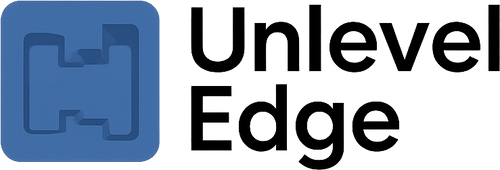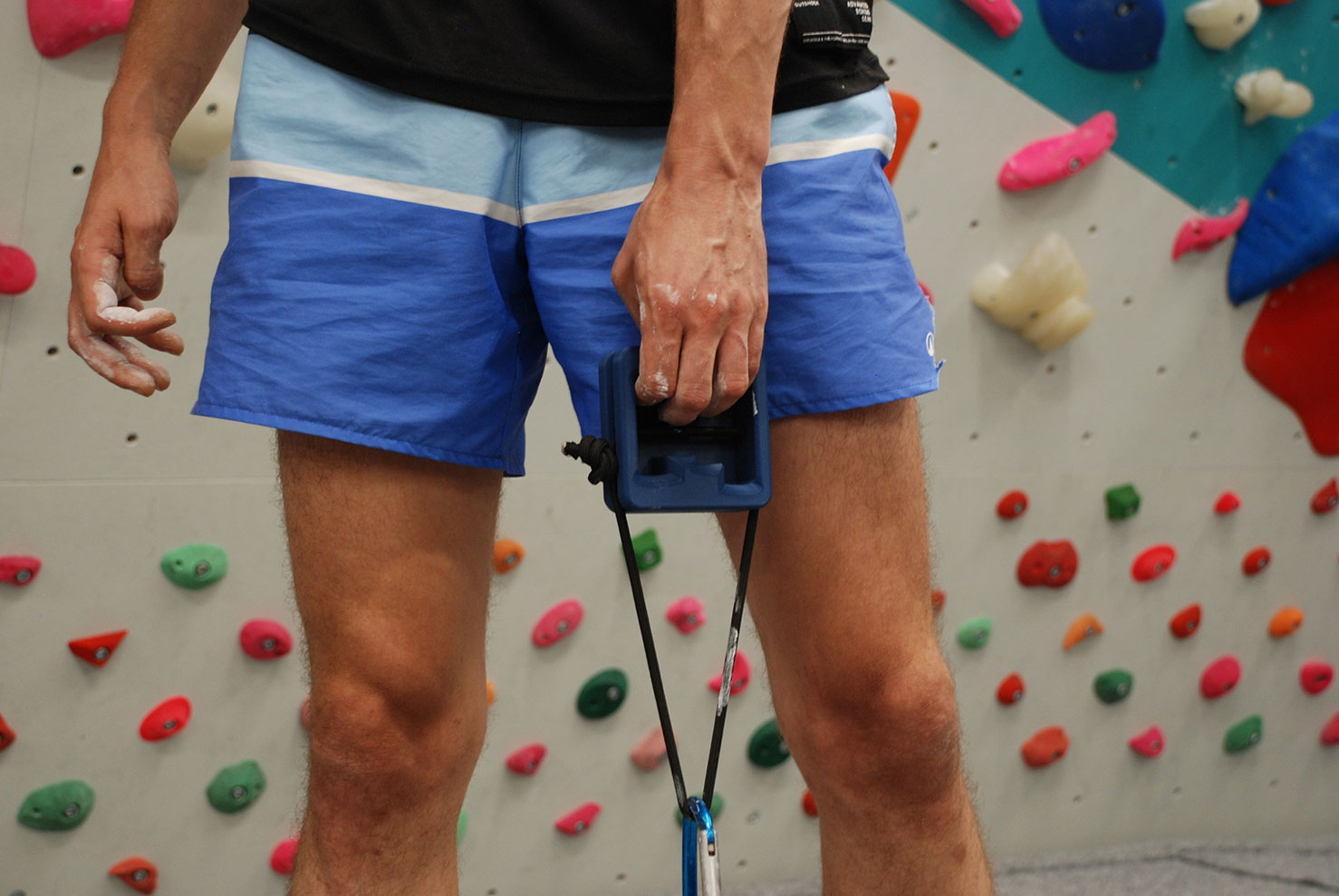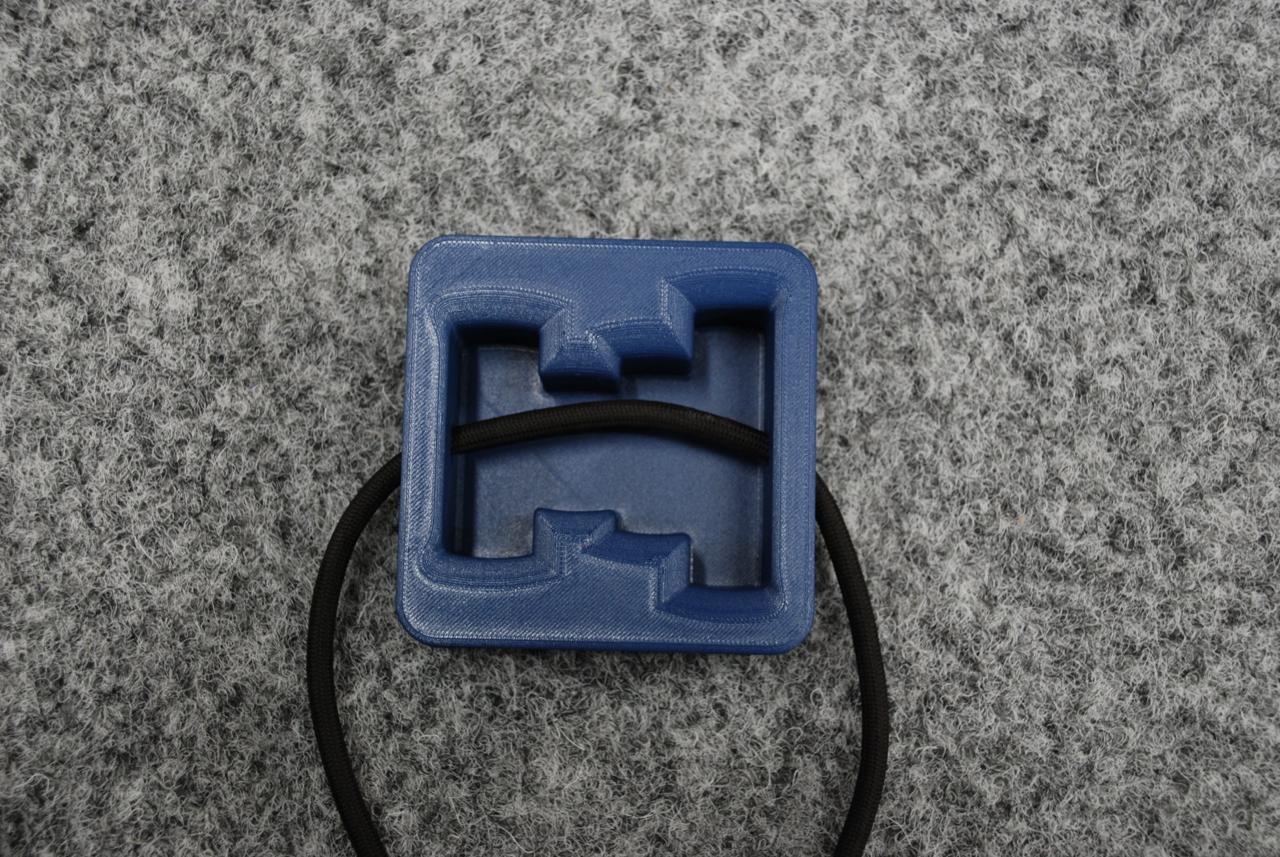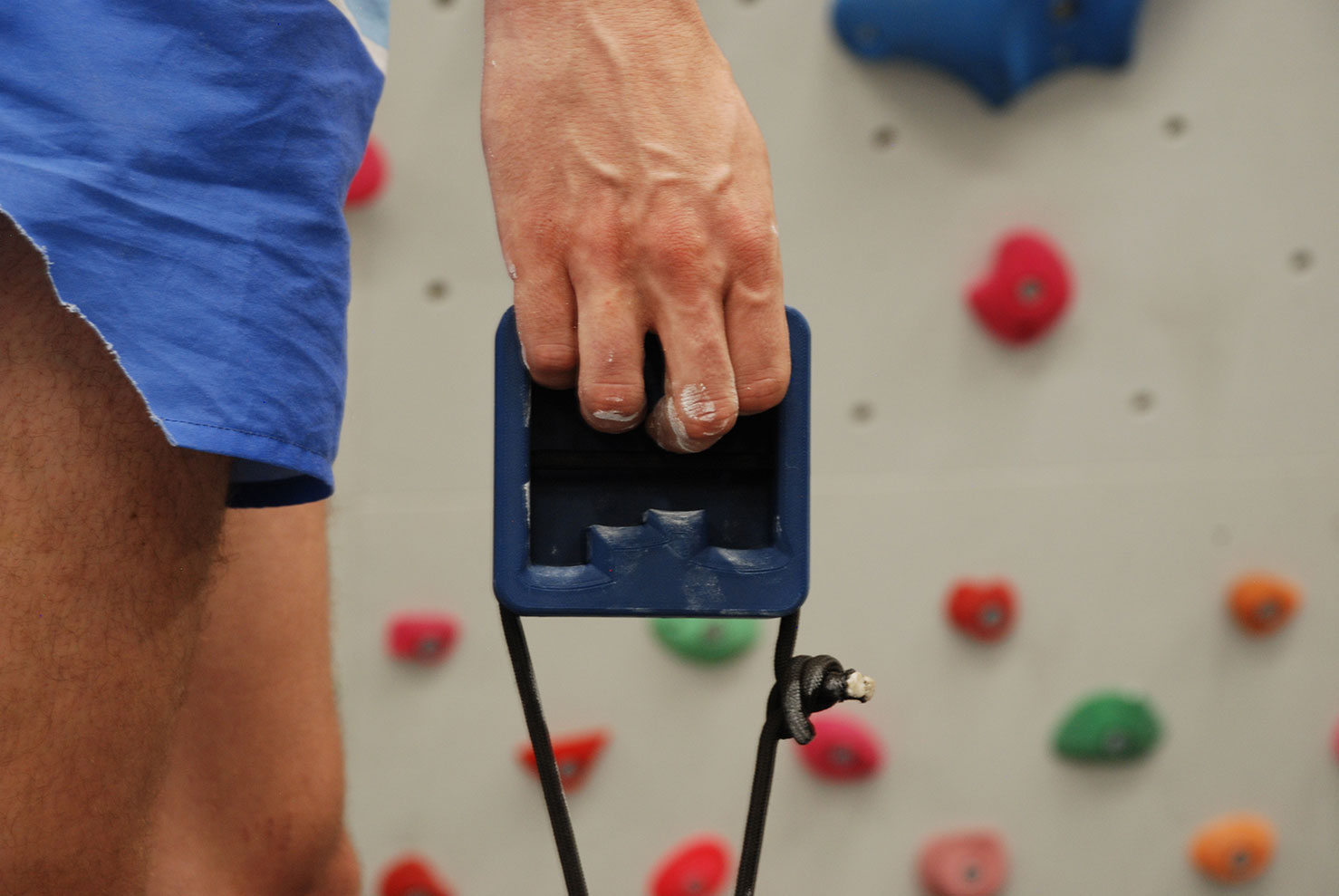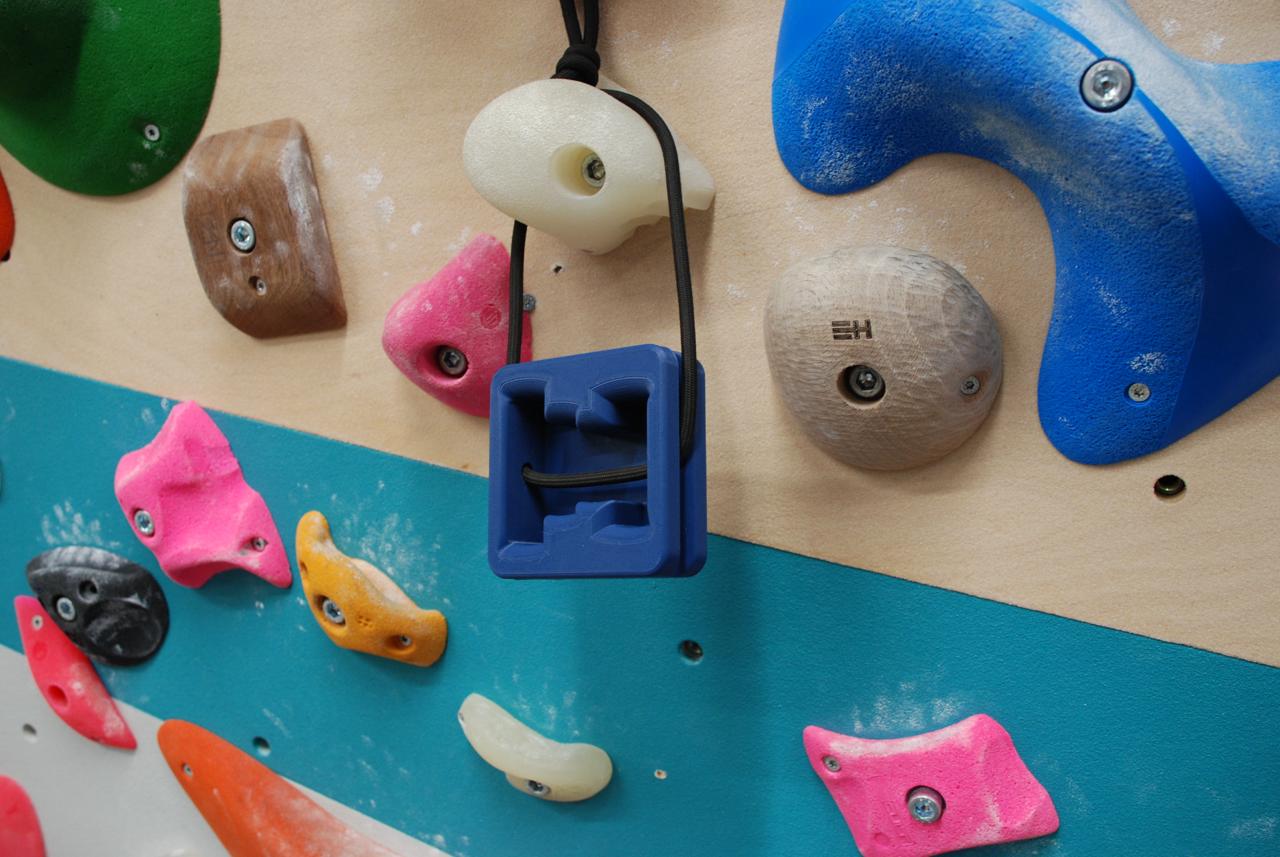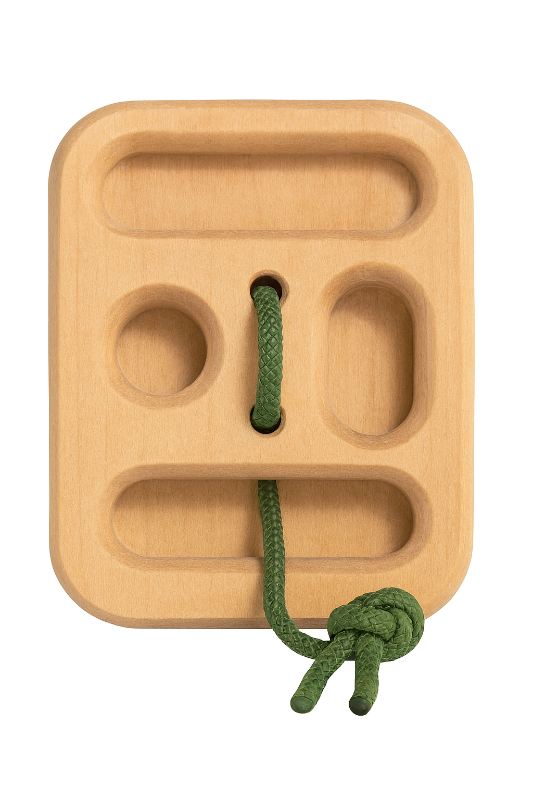
Why Settle for Flat?
- ❌ One-size-fits-all ignore adaptation to individual finger length, which may lead to long-term strain or injury during training.
- ❌ Standardized holds ignore natural finger differences, compromising comfort and performance for climbers.
- ❌ Overdesigned or non-functional will focus on marketing aesthetics rather than true ergonomic value and effective training tools.
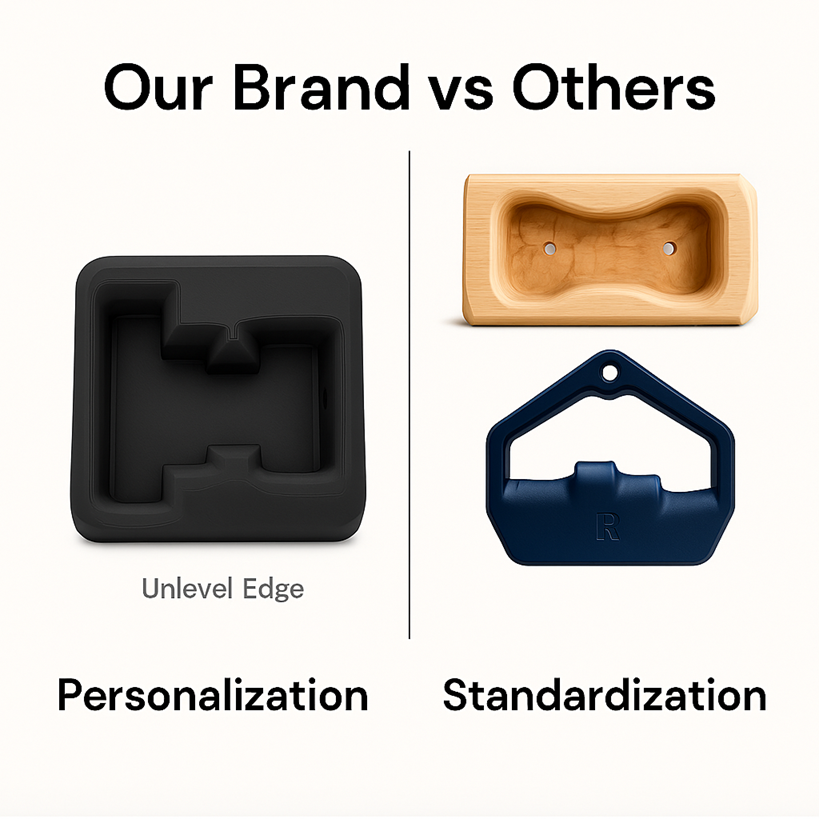
Customised means ergonomic
🔷 Our Unlevel Edge Hangboard
- ✅ Tailor made Each Unlevel Edge hangboard is sized to match your individual finger width, ensuring optimized, pain-free training for every climber.
- ✅ Ergonomic edge Ergonomic support for each finger, reducing injury risk and improving alignment for effective training sessions.
- ✅ Multifunction Designed for max strength, warm-ups, and rehab — all in one versatile tool.
- ✅ Textured Flexibility Multiple edge textures and material options are available to suit personal preferences
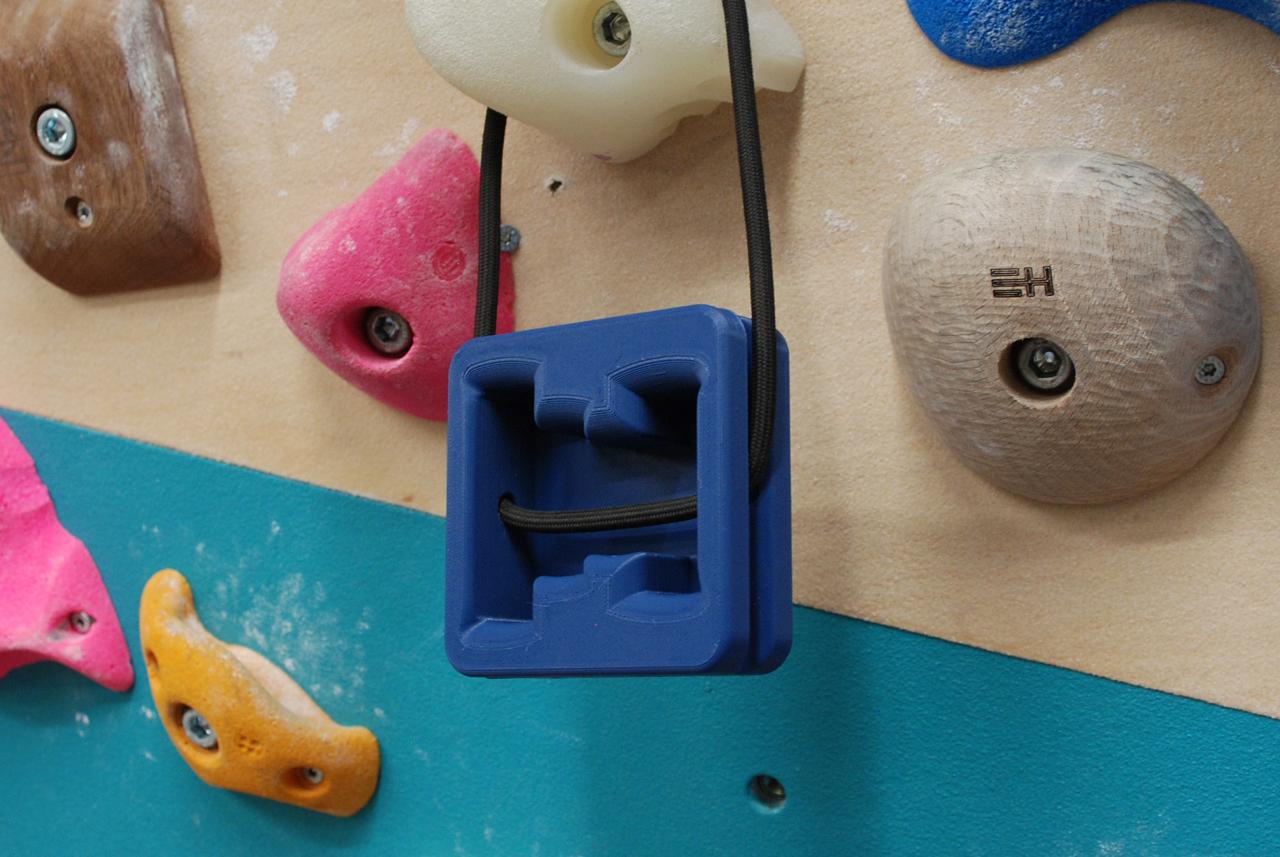
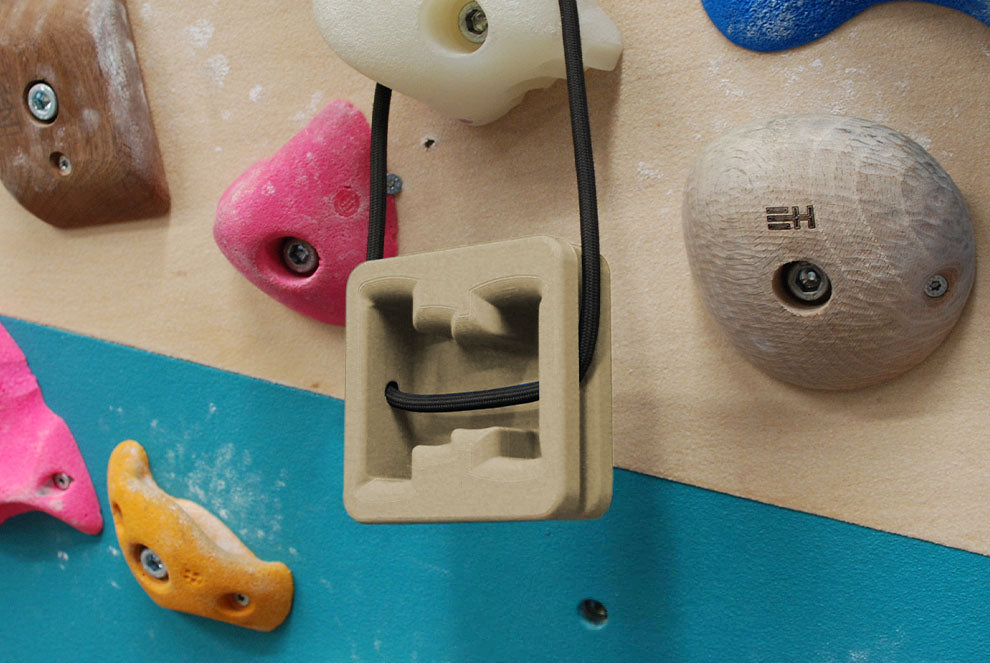
Unlevel Edge
Unlevel Edge


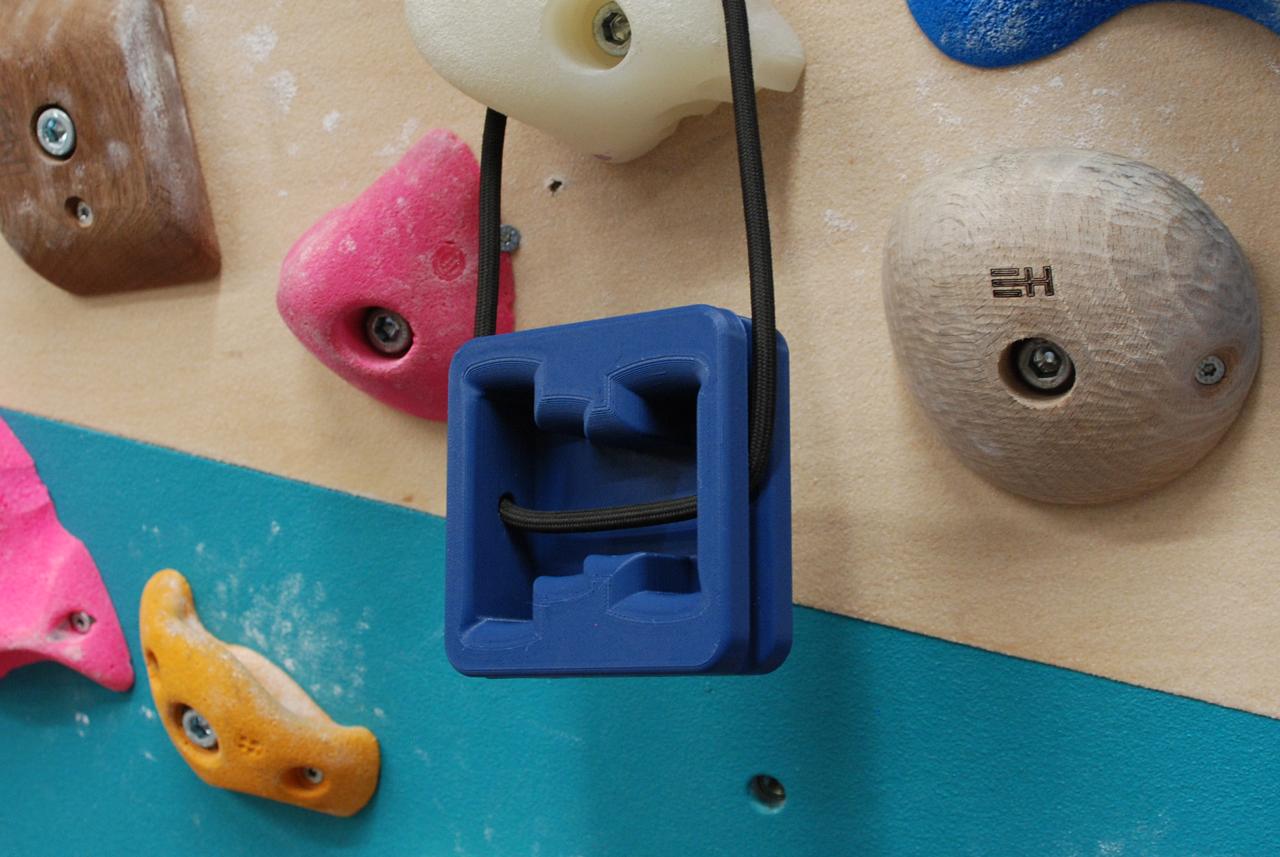
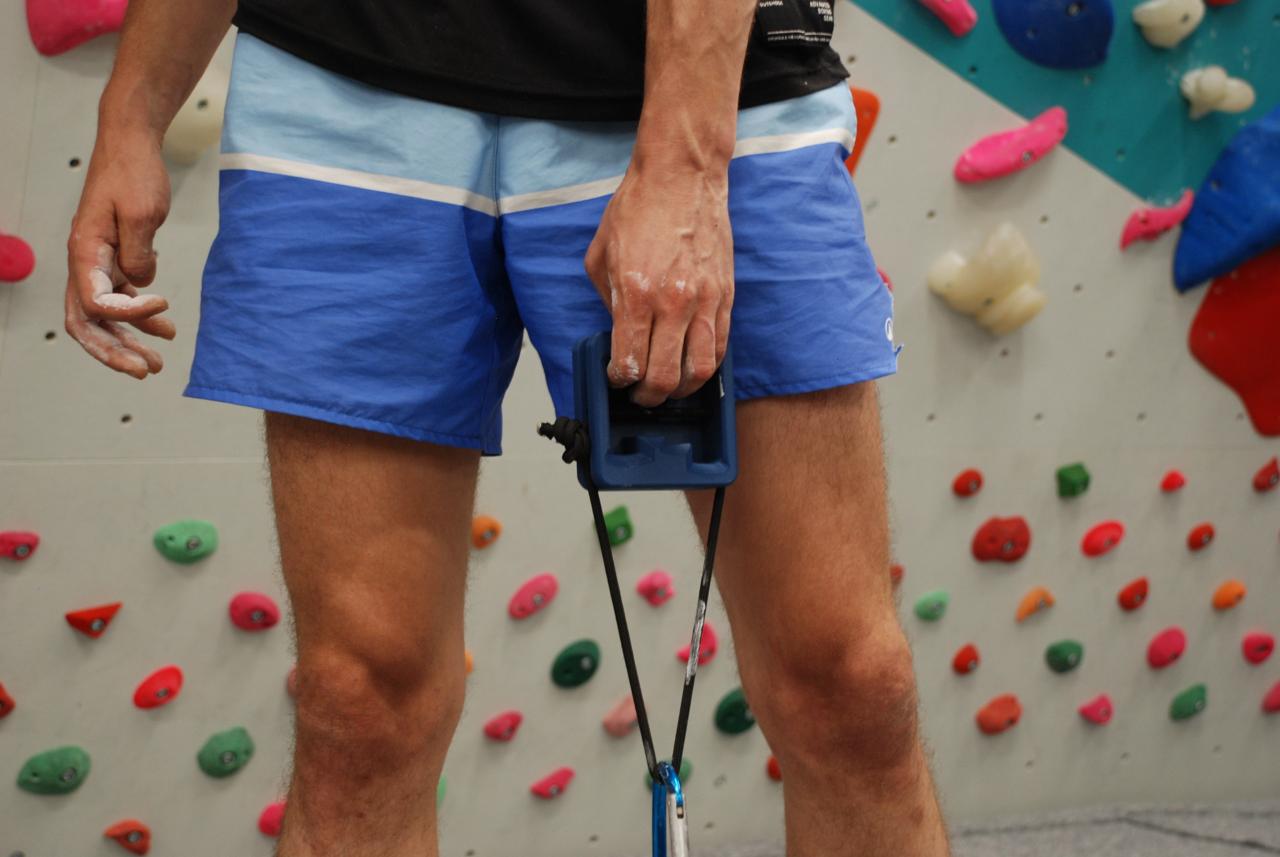
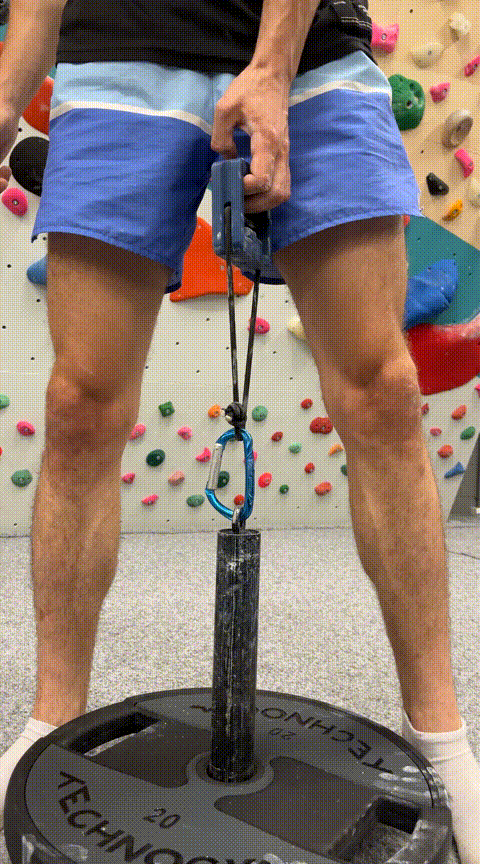
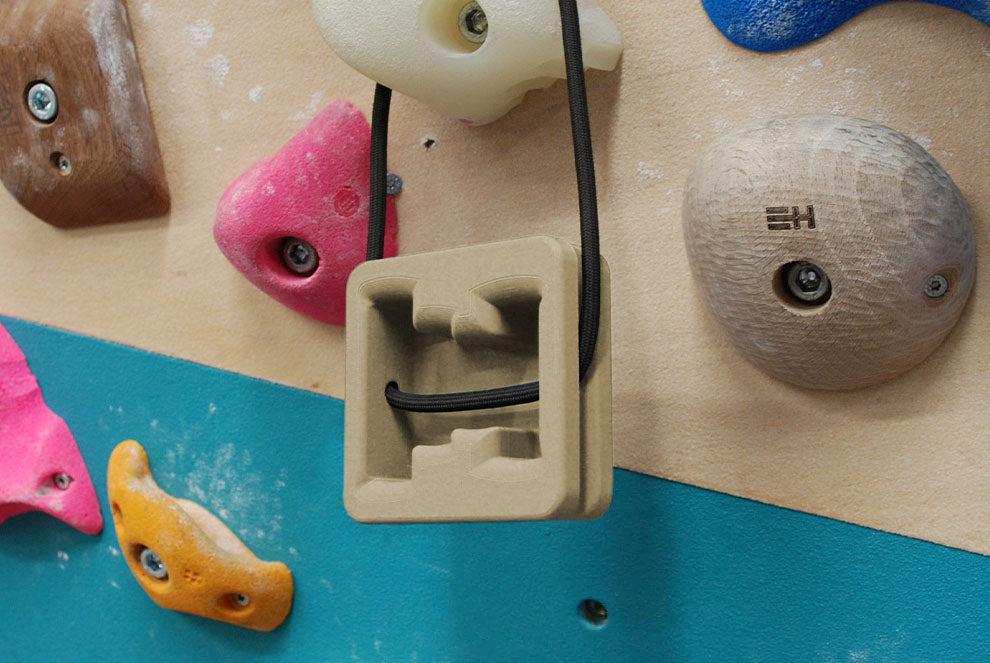
REVIEWS
FAQ
What is an unlevel edge and how does it differ from a regular flat edge?
An unlevel edge is a climbing training hold designed with individual finger holds raised or lowered to match finger length differences, promoting an even load and consistent half-crimp position for all fingers. This contrasts with a regular flat edge, which has a uniform surface height, often causing unequal finger loading and less efficient force distribution. Unlevel edges aim to improve finger strength, reduce injury risk, and enhance training effectiveness by ensuring fingers work more independently and evenly .
How does training on an unlevel edge affect finger strength and injury risk?
Training on an unlevel edge enhances finger strength by promoting balanced load distribution across fingers, reducing joint stress compared to flat edges. This can increase time under tension and accelerate strength gains without causing joint soreness. It potentially lowers injury risk by preventing overuse on specific fingers, allowing safer, more sustainable finger training .
What are the different designs of unlevel edges and how do they impact finger loading?
Unlevel edges come mainly in two designs: stepped, where the surface is divided into discrete height levels, and smooth, where the edge rises and falls in a curved profile. These designs distribute finger loading unevenly, aiming to match finger length variability and joint angles, potentially improving finger strength and reducing injury risk. Their non-flat surfaces alter finger joint loading by varying contact height, although scientific validation is limited and based largely on coaching experience and anecdotal evidence. Consistent edge depth and radius are maintained to focus the loading effect on height variation .
Why might an unlevel edge be more effective for finger training compared to small flat edges?
An unlevel edge is more effective than small flat edges for finger training because it varies depth and radius along its length, enabling uneven load distribution and deeper finger engagement. This stimulates different finger muscles more evenly, enhancing gripping strength and reducing strain compared to uniform flat edges .
